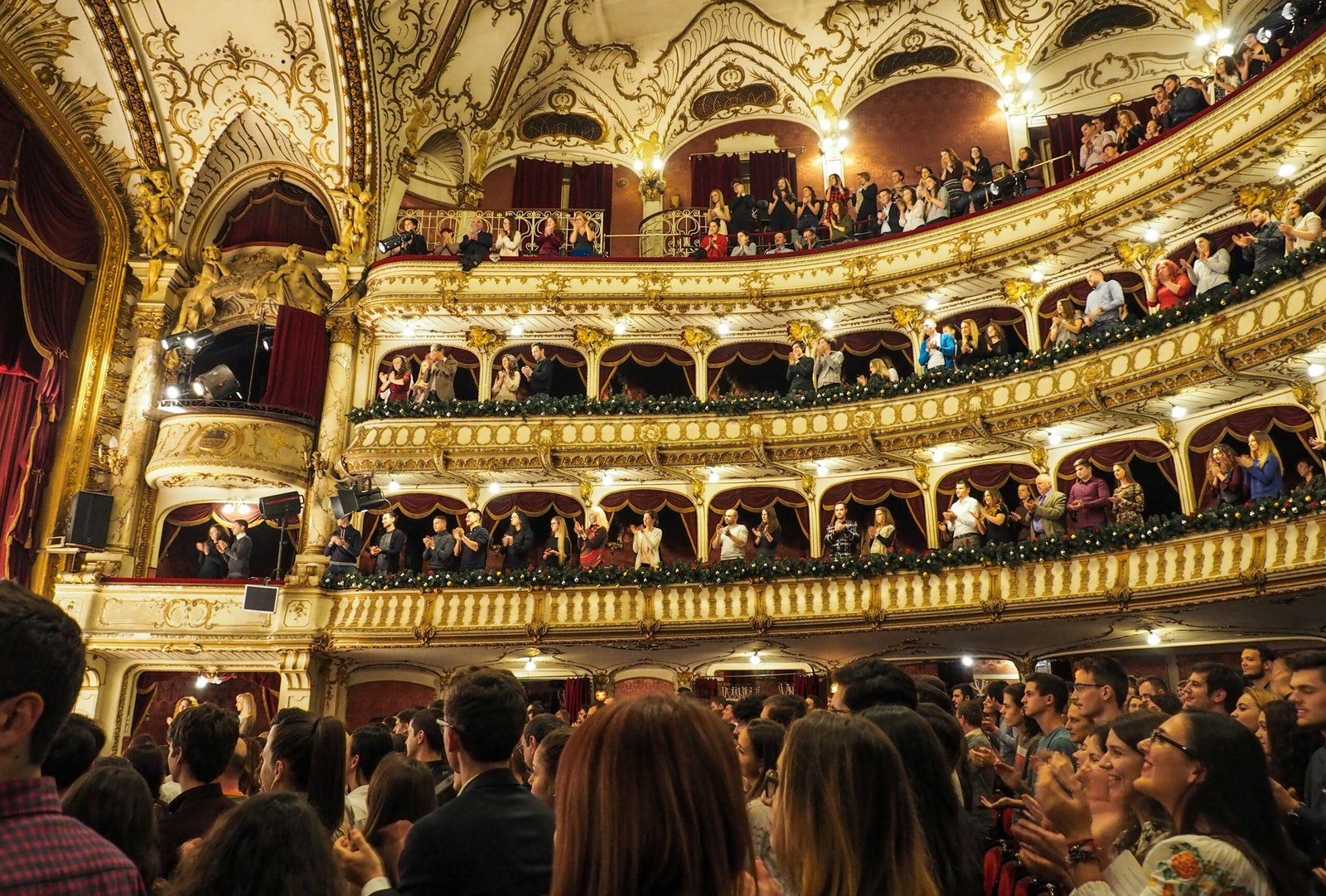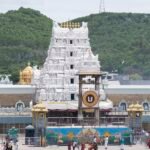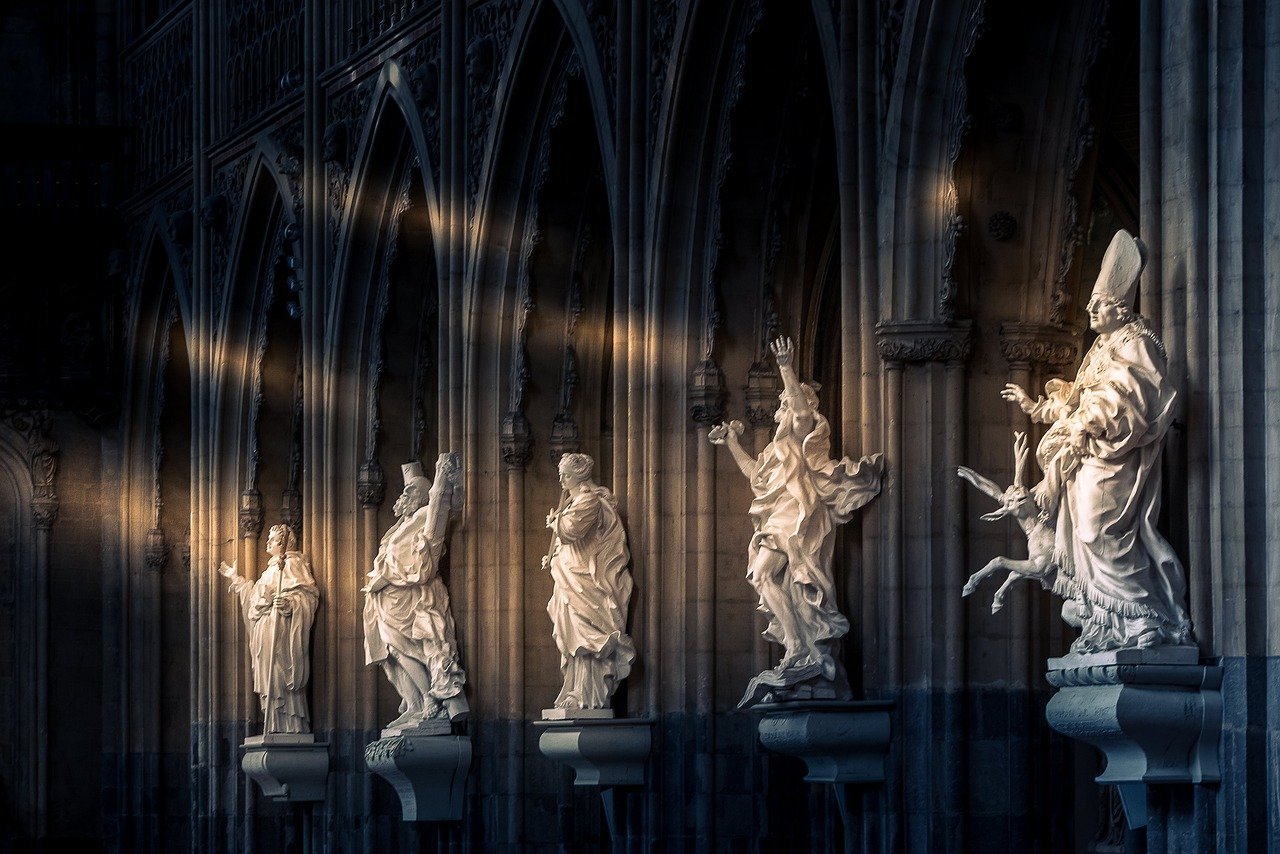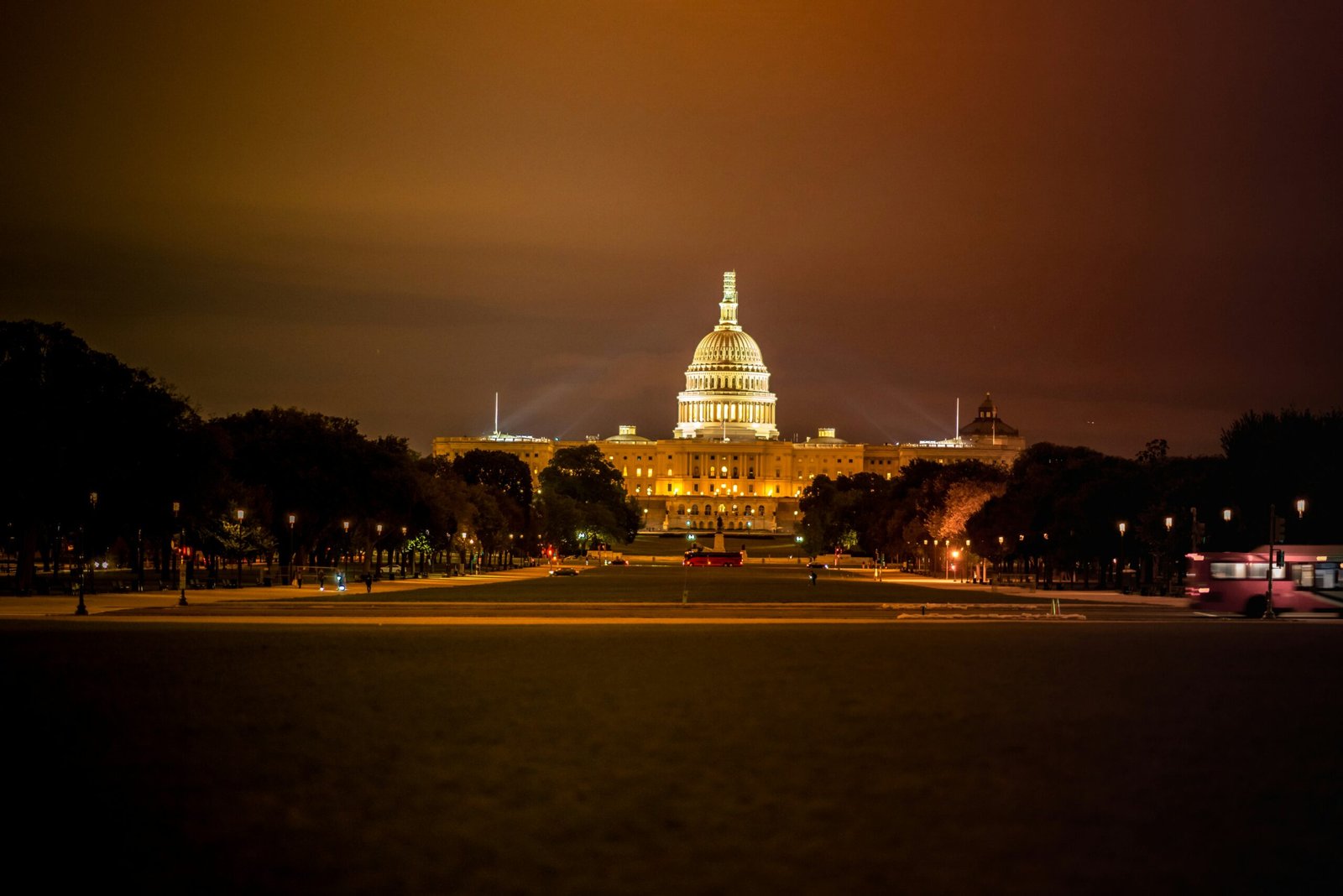Introduction to Elephanta Caves

The Elephanta Caves, located on the serene Elephanta Island in the Mumbai Harbour, are an exemplary site of historical and cultural significance. Just a brief ferry ride from the bustling city of Mumbai, this ancient cave complex transports visitors to a world of intricate rock-cut architecture and awe-inspiring sculptures. The island, originally known as Gharapuri, meaning the ‘City of Caves,’ was renamed Elephanta by Portuguese explorers after they encountered a large stone elephant statue upon landing.
Discovered in the 6th and 7th centuries, these caves serve as a remarkable testament to India’s rich and diverse heritage. The main cave, also referred to as the Great Cave, houses an array of sublime art pieces dedicated predominantly to Hindu deities such as Shiva. It is the detailed reliefs and carvings within the cave that make it a haven for both historians and art aficionados alike. The artistry on display, from the immense three-headed Shiva statue known as Trimurti to the various depictions of Shiva’s life and avatars, signifies an unparalleled mastery of rock-cut architecture and sculpture from the era.
In 1987, the cultural and historical significance of the Elephanta Caves was globally recognized when they were designated as a UNESCO World Heritage Site. This prestigious listing underscores the caves’ outstanding value to humanity, safeguarding the site for future generations. It highlights Elephanta Caves not merely as an archaeological site but as a vital link to understanding the religious and artistic dimensions of India’s ancient past.
Thus, Elephanta Caves beckon history buffs, art lovers, and curious travelers to explore their mysterious and enchanting chambers. They offer a glimpse into the profound spiritual and artistic landscape of ancient India, making them an essential visit for anyone keen on delving deeper into the roots of Indian civilization.
The Architectural Marvels and Carvings

The Elephanta Caves are famous for their intricate architecture and detailed carvings. They highlight the artistic brilliance of ancient rock-cut designs. Among these, the Great Cave (Cave 1) stands out, drawing historians and visitors alike.
Cave 1 houses stunning sculptures of Hindu deities. Its highlight is the Trimurti, a majestic three-headed statue of Shiva. This 20-foot masterpiece represents Shiva’s roles as Creator, Preserver, and Destroyer. It is not only a visual marvel but also carries deep religious meaning.
The cave walls feature panels narrating Hindu mythology. You’ll find the cosmic dance of Nataraja and Ardhanarishvara, a unique blend of Shiva and Parvati in one figure. These panels display incredible craftsmanship and detail, reflecting India’s rich mythological stories.
Constructing the Elephanta Caves required advanced techniques. Artisans excavated the rock from the top down. This method ensured stability and allowed the creation of intricate internal designs and high-relief sculptures.
The craftsmanship in these caves shows a profound understanding of both beauty and spiritual symbolism. The Elephanta Caves stand as a monument to the creativity and devotion of their makers.
Cultural and Historical Significance
The Elephanta Caves showcase India’s rich cultural and historical heritage, dating back to the 5th to 8th centuries CE. Located on Elephanta Island near Mumbai, these rock-cut caves are dedicated to Lord Shiva, a principal deity in Hinduism. Their detailed carvings and symbolism reflect the deep influence of Hindu religious practices during that time.
While Hinduism dominates the cave art, traces of Buddhist and Jain influences are also visible. The architecture and iconography hint at ancient India’s religious diversity and openness to different philosophies. This blend shows the cosmopolitan nature of the society back then.
The local rulers, possibly the Gupta and Rashtrakuta dynasties, likely supported the creation of these caves. Skilled artisans carved these sanctuaries from solid rock, showcasing their remarkable talents. The scale and detail suggest the rulers provided generous patronage.
Originally, the caves served religious and monastic purposes. Monks and holy men used them for meditation and spiritual practice. Over time, the caves became more than just religious sites—they are now central to India’s cultural heritage.
Today, the Elephanta Caves attract visitors from all over the world. Tourists come to explore their historical and cultural significance. The caves are not just an example of ancient architectural genius but also a bridge between modern society and India’s deep historical roots.
The preservation of the Elephanta Caves ensures that their legacy endures, celebrating India’s ancient past while engaging new generations of visitors.
Visiting Elephanta Caves: A Practical Guide
The Elephanta Caves, located on Elephanta Island in Mumbai Harbour, are a UNESCO World Heritage Site known for their stunning rock-cut architecture. The best time to visit is between November and February, when the weather is pleasant. Monsoon season from June to September makes travel difficult, so it’s best to avoid these months.
To reach Elephanta Island, take a ferry from the Gateway of India in Mumbai. Ferries run every 30 minutes, with the trip lasting about an hour. After arriving, you can either walk or take a toy train from the jetty to the base of the hill where the caves are located. The walk offers scenic views of the island.
The climb to the caves involves about 120 steps. While it may be challenging, the path is lined with stalls selling souvenirs and refreshments. Allow at least 3 to 4 hours to explore the caves, especially the main cave with its impressive Shiva sculptures.
Facilities on the island are basic but sufficient. Local eateries serve delicious food, and you can buy handmade souvenirs to remember your visit. Be sure to wear sun protection and comfortable shoes, as the terrain can get warm and uneven.
Elephanta Island also offers tranquil beaches and nature trails. Nearby attractions include the Gateway of India, Colaba Market, and the Chhatrapati Shivaji Maharaj Vastu Sangrahalaya. Remember to dress modestly and be polite to locals, enhancing your experience and showing respect for the culture.
The Elephanta Caves are a cultural treasure, and preservation efforts are ongoing. Tourists can help by respecting guidelines, not touching the carvings, and avoiding littering. This way, future generations can enjoy the beauty and history of these ancient caves.










